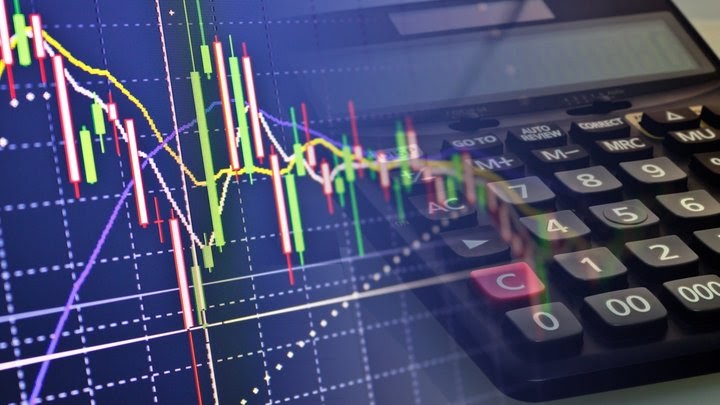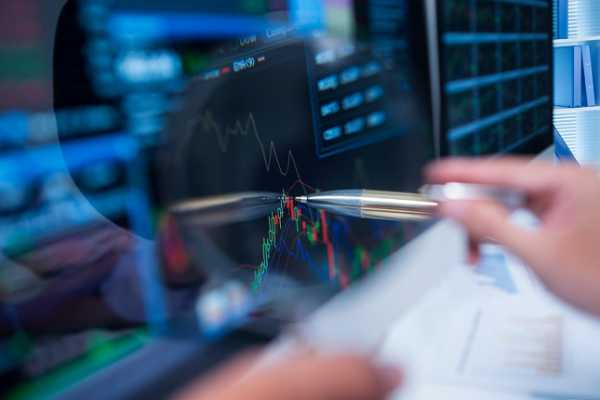What Are The Primary Causes Of Market Risk?
Oct 19, 2023 By Triston Martin
When a market or asset class is affected by a wide range of circumstances, it is referred to as a "market risk." Market risk is often known as "undiversifiable risk" because it impacts all types of assets and is completely out of our control. Hedging a portfolio is the only way an investor may reduce this sort of risk. Overall, there are four major causes of market uncertainty: interest rate, equity price, and currency risk.
Understanding the Market Risk

There are two main types of investing risk: market risk and particular risk. "Systematic risk," often known as "market risk," cannot be removed through diversity, although it can be mitigated in other ways. Recessions, political unrest, interest rate fluctuations, natural disasters, and terrorist acts are all examples of market risk. All of the markets are affected by systemic or market risk at once.
On the other hand, unsystematic risk refers to a distinctive risk to a particular firm or sector. When it comes to investments, diversity can help to mitigate non-systematic risks, which are also known as particular risks.
Different Types of Market Risk
Rate Risk
The central bank's monetary policy decisions might lead to unexpected interest rate changes, known as interest rate risk. The instrument's long-term market demand and supply must be adjusted to bring yields on securities across all markets to parity. As a result, a rise in interest rates would lower the cost of security. Fixed-income securities are its primary focus.
As an illustration, consider the following: Suppose that a sovereign bond has a set coupon payment of six percent per year on the principal value of the bond. The Yield (Fixed – Coupon Payment / Market Price of Bond) will climb to 8 percent if the market interest rate rises to 8 percent, resulting in a decrease in demand for the 6 percent bond. An unexpected rise in the market interest rate will also result in an unexpected rise in a security's value.
Risk of Commodities
Oil and food grains, for example, are essentials for any economy, and their use as indirect inputs enhances the production of many other items. When commodity prices fluctuate, it has a cascading effect on the whole market, frequently resulting in a supply-side crisis. A company's capacity to honor the value of the principle itself is reduced when stock prices and performance-based dividends drop as a result of a shock.
Currency Risks
Exchange rate risk is another name for currency risk. Depreciation of home currency might reduce the number of money investors receives as a return on investment. When making overseas investments, the risk is frequently taken into account. Many emerging market economies keep large amounts of foreign exchange reserves if their currencies depreciate to protect themselves from losing out on potential foreign investment.
The Country Risk
The level of return on investment can be affected by a wide range of macro variables beyond the financial market's control. Political stability, fiscal deficit, predisposition to natural calamities, regulatory environment, simplicity of doing business, etc., are some factors to consider when comparing countries. An international investment choice must consider the level of risk connected with such elements.
How Do Market Risk and Specific Risk Differ?

There are two main types of investing risk: market risk and particular risk. Even though it may be hedged in other ways, market risk, also known as "systemic risk," cannot be removed by diversification. However, the specialized risk is unique to a certain business or sector. It is possible to mitigate "unsystematic risk" also known as "diversifiable risk," "remaining risk," or "unsystematic" by diversifying your portfolio.
Market Risk Reduction Strategies
Risk cannot be diversified because it impacts the entire market, but it may be hedged to reduce exposure to a minimum. As a result, even applying extensive fundamental and analytical research to a certain investment option, investors may not achieve the projected returns. The dispersion of price values, either in absolute terms or as a percentage, is frequently cited as an indicator of market volatility.
Professional analysts commonly use statistical risk management strategies like Value at Risk modeling to identify prospective losses. An industry standard for assessing market risk is the VaR approach. The VaR approach calculates the potential loss on a stock or portfolio and the likelihood of the loss. Despite its widespread use, the VaR approach relies on several assumptions that restrict its accuracy.
Considerations
Investors in publicly listed firms in the United States are mandated by the Securities & Exchange Board to learn how their business is affected by the state of the financial markets. The purpose of this criteria is to specify the degree of financial risk to which a corporation is subject. 3 Some firms may be more vulnerable to financial risk than others if they provide derivative assets or foreign exchange futures. Making judgments based on their risk management principles is made easier with this data.
-
 Banking Nov 13, 2023
Banking Nov 13, 2023What is Best: Using a Money Order or Cashier's Check?
Both a cashier's check and money order can be used in place of cash or personal checks, but that's about where the similarities end. A cashier's check is a bank-issued check that can be cashed more significantly than a money order but comes with a higher cost..
-
 Investment Dec 19, 2023
Investment Dec 19, 2023The Rich: Why They Don't Invest in Index Funds
The world's most famous investor, Warren Buffett, typically recommends investors put their money into low-cost index funds. The trustee of his estate has been given clear instructions to deploy monies to index funds. Berkshire Hathaway's annual letter to shareholders suggested that the trustee invest 10% of the cash in short-term government bonds and 90% in a low-cost S and P 500 index fund.
-
 Banking May 07, 2024
Banking May 07, 2024Personal Loan Payments Impact: How Extra Payments Matter
Explore how making extra payments on your personal loan can drastically reduce interest costs and shorten loan tenure, facilitating quicker financial freedom.
-
 Banking Jan 28, 2024
Banking Jan 28, 2024Explaining Personal Guarantees for Business Loans: Essential Insights
Before signing for a personal guarantee for business loans, learn about personal guarantees for business loans and how they can affect your financial responsibility
